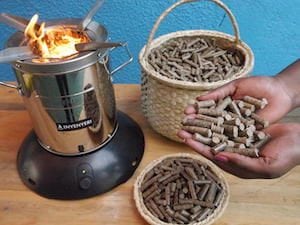
Agriculture
December 8, 2023
Inyenyeri Fuel Pellets
Read SolutionImplemented by
Inyenyeri
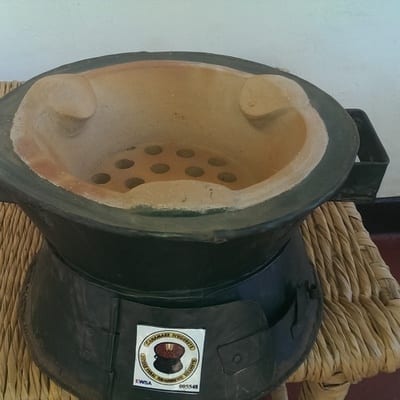
Updated on December 18, 2024
·Created on July 26, 2020
A cylindrical charcoal stove, made with filler material, sand, cement, and clay.
Canamake Ivuguruye is a stove produced by Cooperative ADJR. This stove can reduce the use of charcoal up to 50%. Canamake means “use a few pieces of charcoal“. The Canamake Ivuguruye is designed for urban and peri-urban users.
Target SDGs
SDG 7: Affordable and Clean Energy
SDG 13: Climate Action
Market Suggested Retail Price
$7.00
Target Users (Target Impact Group)
Household
Distributors / Implementing Organizations
ADJR Cooperative
Competitive Landscape
Direct competitors include SmartHome Stove, Wisdom Stoves MJ, Jiko Raha, JikoJoy Charcoal Stove, Kenyan Domestic Ceramic Jiko Stove, EcoZoom Plancha, EcoZoom Jet, Burn Jikokoa, and EcoZoom Dura.
Regions
Sub-Saharan Africa
Countries
Rwanda
Manufacturing/Building Method
The stoves are manufactured by ADJR Cooperative trained-artisans.
Intellectural Property Type
Trademark
User Provision Model
Stoves are produced and installed in households by trained women and men artisans.
Distributions to Date Status
Unknown
Fuel type
Charcoal
Chimney (yes/no)
No
Forced or passive
Passive
Pot type
Round bottom
Pot capacity (L)
15 L
Thermal efficiency (%)
37.1%
PM emissions (g/MJ delivered to pot)
0.0081 g/MJ
CO emissions (g/MJ delivered to pot)
27.93 g/MJ
Time to boil (min/L)
Unknown
Design Specifications
The Canamake Ivuguruye is a metal-cladded stove, hour-glass shaped with a ceramic liner surrounded by an insulation layer. It has a hinged door which fits properly when closed, 19 holes on the grate surface and 2 handles on its upper part, three stands on the bottom surface and three pot stands on the top of the combustion chamber, which also extends into the combustion chamber. The stove weighs 3.5 kg and has a warranty of 6 months. The physical dimensions of the stove are listed below (in cm):
Technical Support
Provided by the manufacturer.
Replacement Components
Unknown
Lifecycle
4 years
Manufacturer Specified Performance Parameters
Unknown
Vetted Performance Status
In 2014, a Water Boiling Test (WBT) was conducted three times on each stove, concurrently with an emissions test following the WBT Protocol 4.2.2 and the Guidelines for testing charcoal stoves with WBT 4.2.2. The results of this test confirmed the classification of the stove in Tier 3 of thermal efficiency and Tier 0 for emissions and indoor emissions.
Safety
Customers should be aware of using the cookstove with a good draft, in order to avoid harmful emission levels within a closed space. It is also recommended to burn dry charcoal in order to achieve the expected efficiency and avoid potentially harmful gas emissions.
Complementary Technical Systems
None
Academic Research and References
Vianello M., 2016, A Review of Cooking Systems for Humanitarian Settings, Toolkit for the Moving Energy Initiative, Energy, Environment and Resources Department.
Compliance with regulations
This product has been evaluated in three IWA metrics (Fuel use/Efficiency, Emissions, and Indoor emissions) and complies with the following Tiers of Performance for cookstoves:
Evaluation methods
Water Boiling Test 4.2.2 guidelines for charcoal stoves.
Other Information
Water Boiling Test 4.2.2 guidelines

Agriculture
December 8, 2023
Implemented by
Inyenyeri
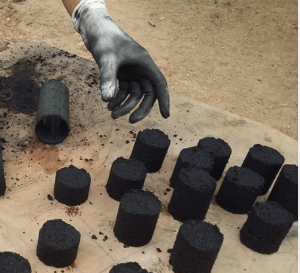
Agriculture
December 28, 2024
Implemented by
BioChar Maroc
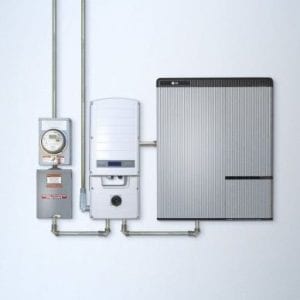
Agriculture
January 4, 2024
Implemented by
Sunrun
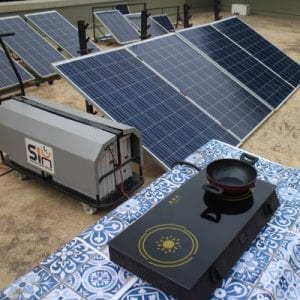
Agriculture
February 3, 2024
Implemented by
Solar Urja

Agriculture
December 19, 2024
Implemented by
CLIMATENZA
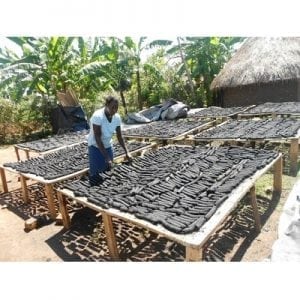
Agriculture
November 22, 2024
Implemented by
Appropriate Energy Saving Technologies Limited (AEST)
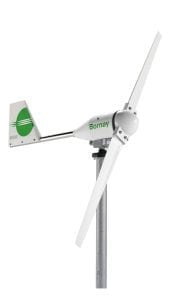
Agriculture
January 24, 2024
Implemented by
Bornay
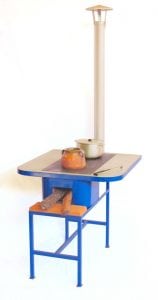
Agriculture
December 22, 2023
Implemented by
Soluciones Analíticas
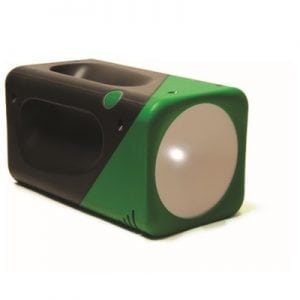
Agriculture
January 28, 2024
Implemented by
ECCO Electronics Private Limited
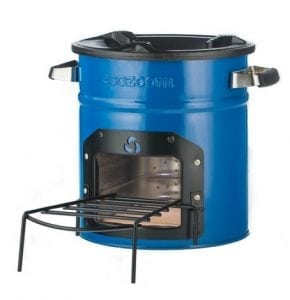
Agriculture
December 2, 2024
Implemented by
BioLite
Have thoughts on how we can improve?
Give Us Feedback